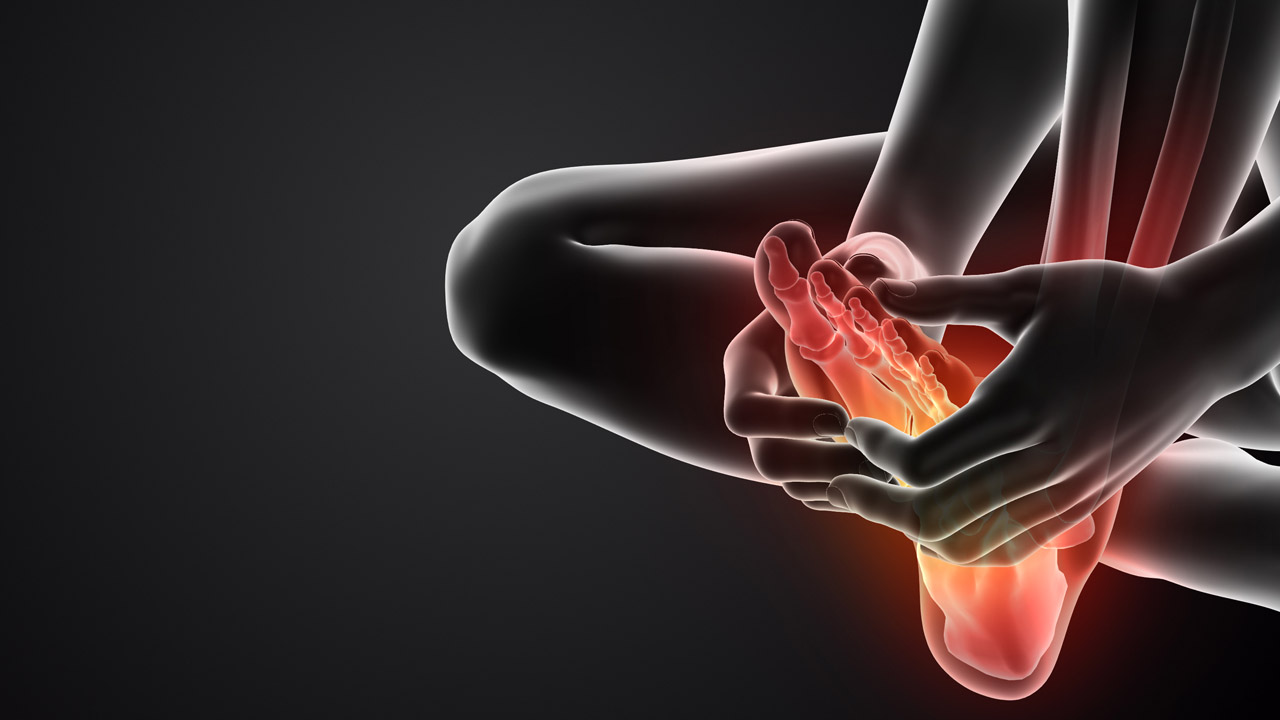In Clinical
Bookmark
Record learning outcomes
Topical NSAIDs
OTC topical NSAIDs are available as creams, gels or patches and may contain active ingredients including ibuprofen, diclofenac and piroxicam. They can be used to help relieve inflammatory back, muscle and joint pain – including rheumatic pain, sprains and strains – and some may also be recommended for non-serious arthritic pain.
Heat products
The heat sector offers a range of medicines and drug-free pain relief available as rubs, creams, lotions, sprays and patches.
When heat is applied topically, it activates receptors in the skin which transmit ‘heat’ signals to the brain, helping to crowd out the pain signals that are transmitted along the same route.
Heat also increases the temperature of the skin and underlying tissue, increasing blood flow, and transporting oxygen and nutrients to aid healing and help restore movement. Ingredients in topical preparations include salicylates and menthol.
Freeze products
Cold products available OTC include sprays, gels, patches and wraps. Cold treatment uses low temperatures to relieve pain when treating an injury such as a sprain or strain. Cold should be applied as soon as possible after an injury or trauma when tissues are stretched and blood vessels torn or damaged, with swelling and inflammation. This treatment should be continued for 72 hours after the injury.
When cold is applied to an injured area, it helps constrict the blood vessels in the soft tissue, which can help reduce tissue bleeding, inflammation and swelling.
Patient choice
“Most muscle and joint pain can be pinpointed, so patients want targeted relief, such as gels and patches that they can apply directly at the point of pain and reapply when needed,” says Elaine Walker, senior brand manager for Deep Heat and Deep Freeze.
“Discomfort borne out of sports injuries will require different treatment depending on the injury and when it occurred. Having topical treatments offering cooling or heating therapy is essential, as are the different formats: gels, patches, rubs, creams and sprays.
“For people who sustain a minor sports injury and are seeking advice for discomfort, remind them to use cooling therapy first, such as cooling sprays, gel or patches, followed by heat 72 hours later when the worst of the inflammation has subsided and here different therapy formats to suit a customer’s needs are vital, from sprays and creams to patches and warming belts that can be used discretely under clothes.”

